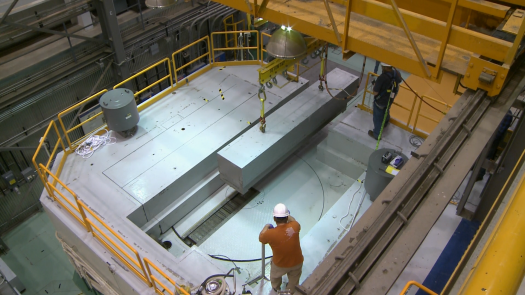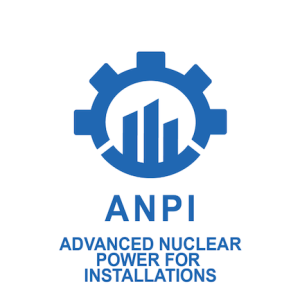 The US Idaho National Laboratory’s Transient Reactor Test Facility (TREAT) restarted operation on 15 November for the first time since 1994, with a low-power run.
The US Idaho National Laboratory’s Transient Reactor Test Facility (TREAT) restarted operation on 15 November for the first time since 1994, with a low-power run.
TREAT, allows researchers to test nuclear fuels in extreme conditions. It is part of INL's Materials and Fuels Complex, operating from 1959 and producing thousands of transient pulses until it was closed in 1994. The simple, self-limiting, air-cooled reactor, produces 100kWt of steady-state power with a peak transient power of 19GWt. The reactor is used to determine the safe limits for fuels and materials in nuclear power reactors.
INL Director of Transient Testing, John Bumgardner said the reactor’s unique capabilities would allow the USA to "remain competitive" in international nuclear energy innovation.
Measures to restart TREAT began after a congressional mandate to develop accident-tolerant nuclear fuels in response to the 2011 Fukushima nuclear disaster.
“The Department of Energy’s (DOE’s) decision to restore transient testing capability at INL is part of our efforts to revitalise the nation’s nuclear energy capacity,” said Ed McGinnis, principal deputy assistant secretary for Nuclear Energy. “By investing in innovative fuel cycle infrastructure, we can advance nuclear as a key source of clean, resilient power and maintain US leadership in developing advanced nuclear technologies.”
Thanks to efforts of INL and DOE, the restart was achieved 12 months ahead of schedule and for $20 million less than the original $75m estimate.
After several years of inspections and refurbishment, experiments are expected to begin in summer 2018. The reactor will test fuels from INL, other DOE labs and private industry.
Photo: Workers removing the shield block at TREAT (Credit: INL)






